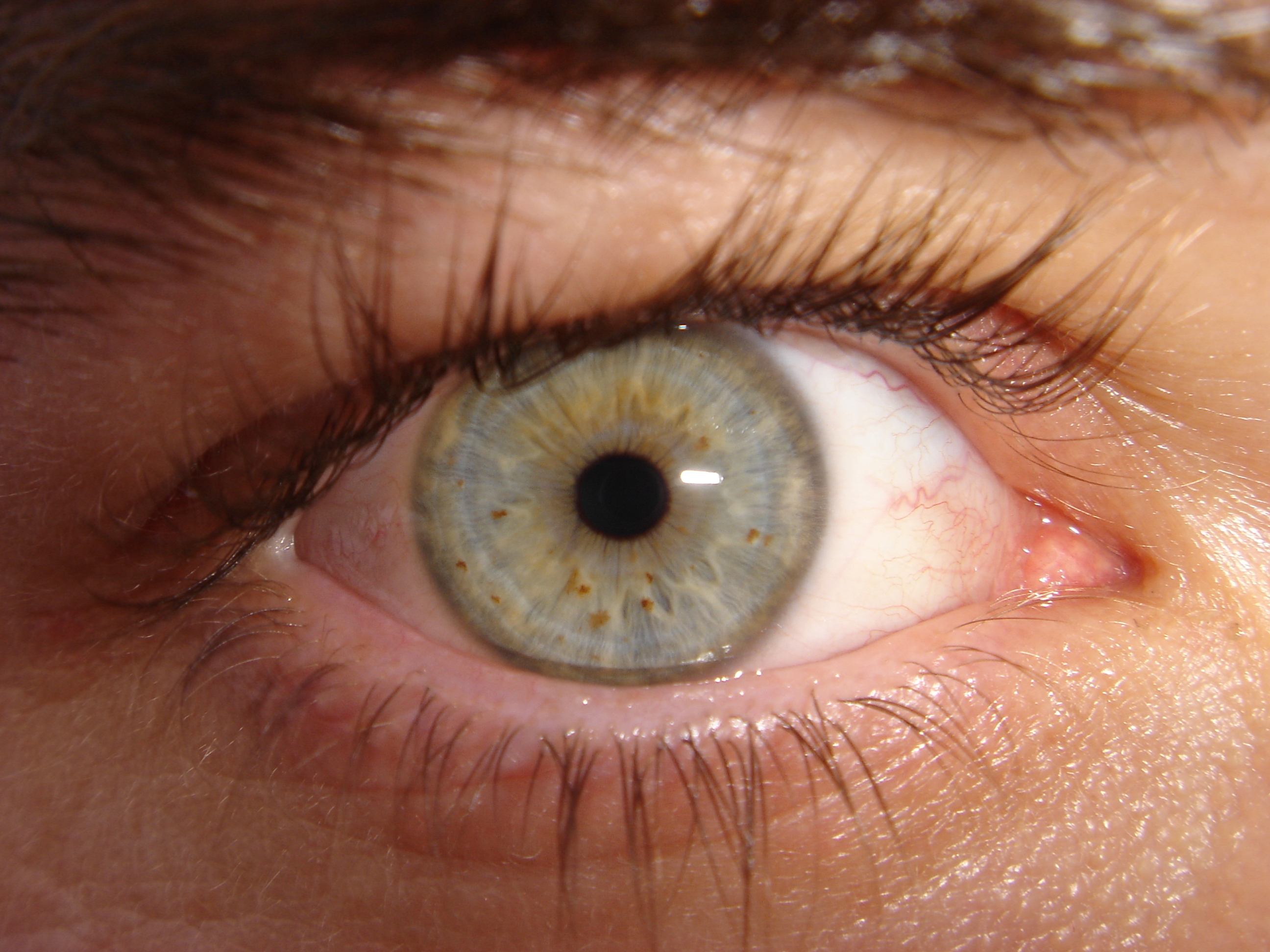
Biometric identification, which includes any system of identification that relies on physical traits, is becoming increasingly important. Just as new methods are being developed to identify people, new methods of defeating those systems are also being developed. Researchers like Raúl Sánchez Reíllo of Carlos III University of Madrid are working to keep one step ahead of the ‘bad guys’. The scientists, who call their work ‘anti-spoofing’, figure out ways to prevent fraud as well as to evaluate the accuracy of different biometric systems.
Here are a few of the biometric identification methods currently in use, and the possible methods of thwarting them:
Fingerprint analysis: This gold standard can sometimes be defeated by collecting fingerprints on plastic. Today’s more sophisticated systems would not be fooled by using amputated fingers or hands.
Iris identification: This method has an extremely low false rejection (not recognizing the right person) or false acceptance (recognizing the wrong person) rate. It can’t be fooled by contact lenses or by being presented with a disembodied eyeball. Unfortunately, it’s one of the more expensive biometric identification systems to set up.
Facial recognition: You can’t usually fool these systems with makeup, but if you go to the trouble of having plastic surgery or wearing a mask, you might be able to.
Vascular system: This method of using the pattern of veins in a person’s hands is just becoming more widespread. It’s not clear yet how easily this method could be spoofed.
The most costly and secure application of biometric system is Iris identification, which is not possible to spoofed
ReplyDeleteThat may be, but it's not without possible drawbacks, as I write in this later post:
ReplyDeletehttp://stochasticscientist.blogspot.com/2012/06/bad-news-about-iris-scanners.html